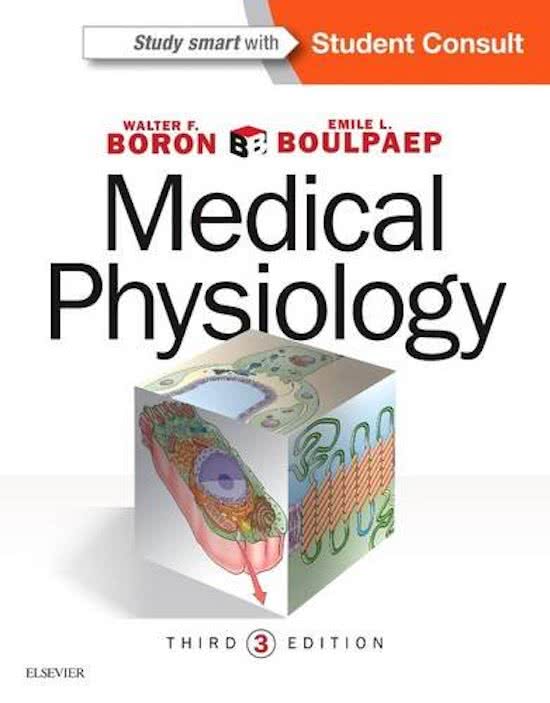Samenvatting
Summary H5 Transport of solutes and water
Dit hoofdstuk behoort tot het onderwerp fysiologie dat een deel uitmaakt van de decentrale selectie van geneeskunde in Utrecht (). Deze samenvatting heb ik gemaakt ter voorbereiding van deze decentrale selectie. Alle informatie die nodig is voor deze selectie is in de samenvatting te vinden. Ook is...
[Meer zien]














